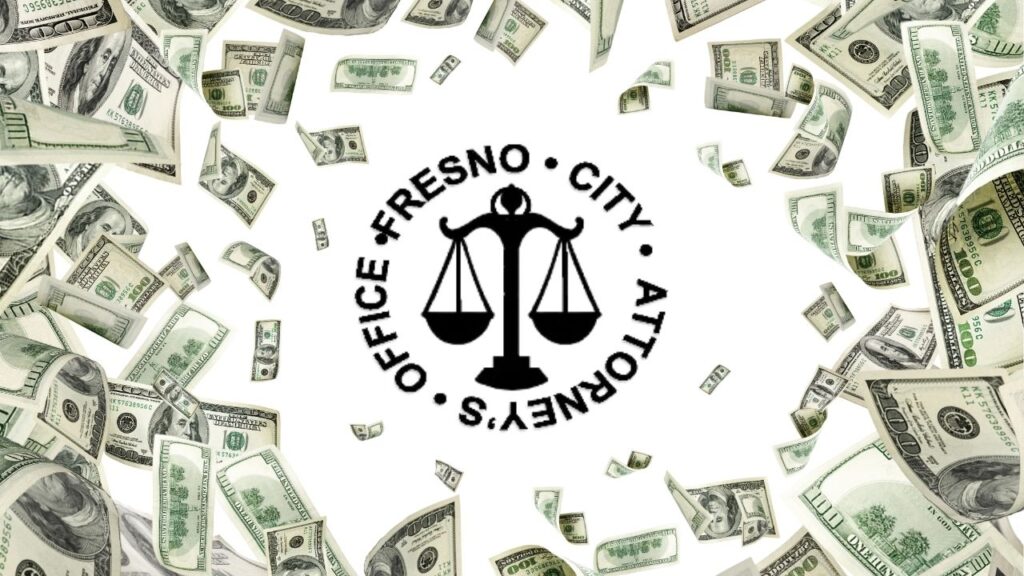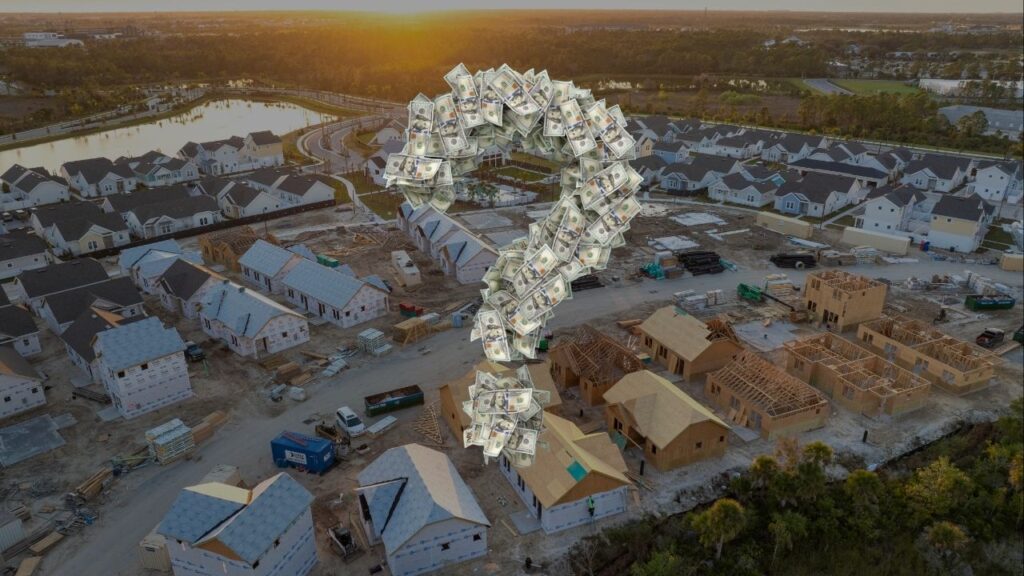This artist's rendering shows what Valley Children's new solar farm could look like. (U.S. Department of Energy)

- A $30 million federal grant will enable Valley Children's Hospital to build a solar power and storage project.
- The grant will provide energy security to the hospital and potential savings of up to $13.5 million over 25 years.
- Valley Children's will break ground on the project later this month with a possible startup in 2025.
Share
Later this month, Valley Children’s will break ground on a solar grid, one of nine projects funded nationwide in the latest round of federal green energy grants.
The Children’s Hospital Resilient Grid with Energy Storage could save the hospital millions and ensure energy security — even in an age of wildfires and flooding.
In October 2023, the U.S. Department of Energy promised the hospital $30 million to build what’s called a resiliency project, testing a new kind of non-lithium-ion battery to store solar energy.
On Sept. 5, that grant was finalized, with $2.8 million coming in to begin the first construction phase.
Now, a better picture is emerging about what that project will mean for the hospital.
Solar Project to Save Hospital $13.5 Million Over 25 Years
When the grant was announced, Valley Children’s CEO Todd Suntrapak said the project “places us at the forefront of creating safe, effective, and reliable power systems for hospitals here and around the world.”
The battery storage system would reduce greenhouse gas emissions and save the hospital $13.5 million over 25 years, said Valley Children’s Chief Communications Officer Zara Arboleda.
“More importantly, it will ensure the hospital never loses power,” she said.
When the power goes out, the system can provide 3.3 megawatts of power for at least 10 hours. The batteries are also among the smallest on the commercial market, according to the Department of Energy.
Another $25 million grant from the California Energy Commission would expand battery capacity to provide about 34 megawatts per hour, according to Faraday Microgrids, the project developer.
Federal Grants Explore New Battery Technology
At the same time the hospital secured its loan, the Department of Energy provided a $400 million loan to Eos Energy to make zinc-halide batteries, which could be a cheaper alternative to lithium-ion batteries, according to MIT Technology Review.
Globally, 13,000 kilotons of zinc are mined each year compared to 130 kilotons of lithium, according to Nature.
Those batteries could last longer as well, 20 years compared to 10 to 15 years for lithium batteries. They also don’t require as many safety measures, according to MIT.
The downside that engineers need to overcome, however, is poorer efficiency with zinc. More energy is lost during charging and discharging with zinc. But in the MIT article, Eos CFO Nathan Kroeker said the grant would help scale business to overcome challenges with zinc.
The Valley Children’s project will use zinc bromide batteries from Australian company Redflow Limited, according to PV Magazine. Those batteries are better designed to handle the Central Valley heat, Redflow CEO Tim Harris said.
“Our batteries are ideally suited for daily use in the Central Valley’s extreme heat, and we’re proud to provide the resources the hospital needs to ensure safe, reliable operations,” Harris told the magazine. “This combination of our technology leadership, Faraday’s trusted microgrid solutions, and the funding provided by the CEC and DOE all assist in transitioning communities to a cleaner, more energy-efficient future.”



















